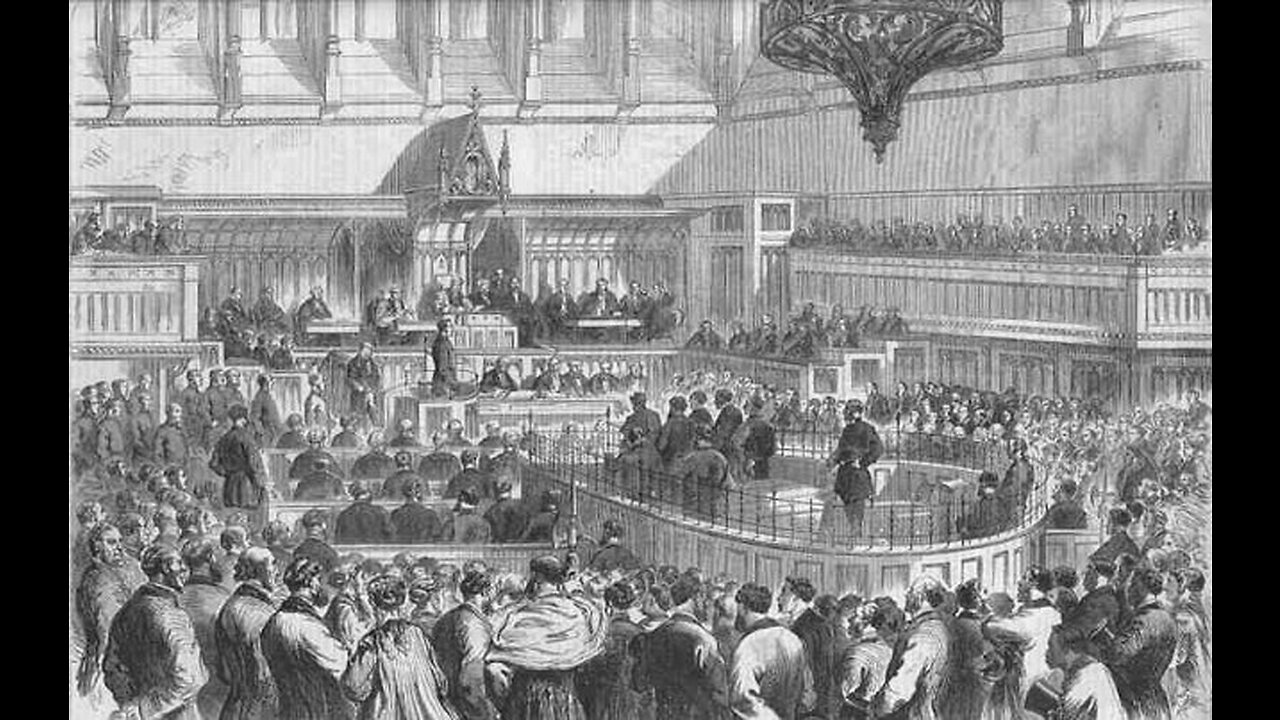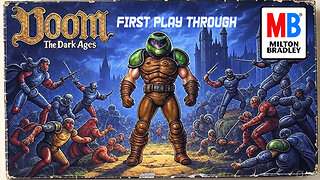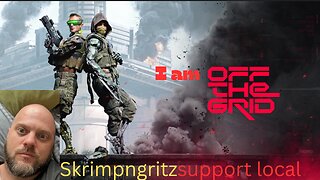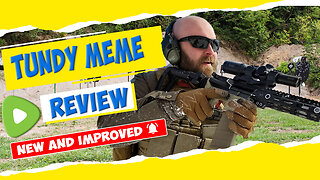Premium Only Content

"Paul Clifford", Chapter 35, by Edward Bulwer-Lytton
Why is it that at moments there creeps over us an awe, a terror, overpowering but undefined? Why is it that we shudder without a cause, and feel the warm life-blood stand still in its courses? Are the dead too near?
FALKLAND
Ha! sayest thou! Hideous thought, I feel it twine
O'er my iced heart, as curls around his prey
The sure and deadly serpent!
............
What! in the hush and in the solitude
Passed that dread soul away?
Love and Hatred.
----
Yet again, the author just loves to blank out proper names, both places and people in this chapter. As well as dates. I've done my best to rephrase around such.
carle: Scottish for peasant, or fellow
interstice: a space that intervenes between things, especially one between closely spaced things
gibbet: an upright post with an arm on which the bodies of executed criminals were left hanging as a warning or deterrent to others
kine: it seems the most common usage of this is word is as a plural for cow, which sometimes then takes the more general form of property (kith and kine). I don't see any other definition, in English, for this word, but I don't understand how that definition makes sense in this context ("for one who was always of the lean kine"). It's not difficult to come up with several other possible ways it might be being used here given the context, but none of them comport to any formal definition I can find.
Hogarth: William Hogarth, an 18th century English painter (among other things).
"the Imperial Corsican" of course being Napoleon. One of the few hints we get in this story as to the time period in which the story takes place.
turbot: a relatively large species of flatfish in the family Scophthalmidae
The picture used is of a Victorian era courtroom.
To follow along: https://www.gutenberg.org/files/7735/7735-h/7735-h.htm#link2HCH0035
-
 1:38:08
1:38:08
HELMETFIRE
2 hours ago🟢GAMING WITH FIRE EP4🟢RUMBLE TAKEOVER!🟢
3.52K -
 LIVE
LIVE
iCheapshot
3 hours agoCheap Plays Warzone Again? What!?
76 watching -
 2:30:14
2:30:14
PandaSub2000
5 hours agoCHAOS & FURY | Episode 27: Attack Of The Cranks (Edited Replay)
4.78K -
 LIVE
LIVE
Spartan
1 hour agoSpartan - Pro Halo Player for OMiT | Ranked for a little bit
21 watching -
 15:15
15:15
Adam Does Movies
1 day ago $3.00 earnedHappy Gilmore 2 - Movie Review
18.7K14 -
 3:10:16
3:10:16
Toolman Tim
4 hours agoDOOM: The Dark Ages ALMOST DONE! | The Gaming Thinktank
6.07K -
 LIVE
LIVE
SkrimpNGritZ
3 hours agoSkrimpNGritz Off the Grid Live
70 watching -
 16:29
16:29
Mrgunsngear
1 day ago $0.72 earnedGirsan Witness 2311 Match X - Staccato XC On A Budget But Does It Work?
15K4 -
 14:54
14:54
Tundra Tactical
3 hours agoTundy's SIG MEME Review 2: The Reload!!!
12.6K3 -
 LIVE
LIVE
Baked Linguini's Home Channel
2 hours agoSpace Marines Co-Op Action
15 watching